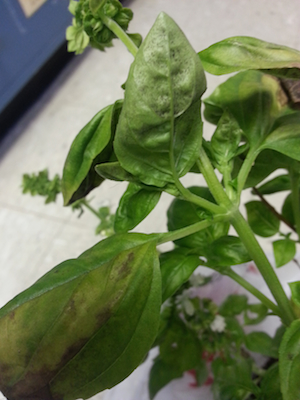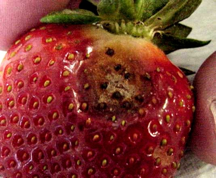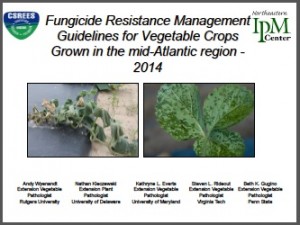The 2014 Potato and Tomato Reports are now available! Just scroll over the Vegetable Crops tab on the Plant and Pest Advisory homepage and links for each report will appear.
Like in years past, both reports will be updated twice a week for those interested in timing their fungicide applications according to Tom-Cast and Blightcast from NEWA information. Real-time updates can also be obtained by going directly to the NEWA site, selecting the nearest weather station to your farm operation, and clicking on the appropriate model. It is that simple! As always, should Late Blight appear in our region sometime this season a PPA Alert will be sent out to those signed up.




 Since 2007, Fungicide Resistance Management Guidelines have been available and distributed to vegetable growers throughout the region. Over, 20,000 FRAC guides have been distributed over the past 8 years at local, state, and regional vegetable meetings and conferences. Much of this work has been funded by the
Since 2007, Fungicide Resistance Management Guidelines have been available and distributed to vegetable growers throughout the region. Over, 20,000 FRAC guides have been distributed over the past 8 years at local, state, and regional vegetable meetings and conferences. Much of this work has been funded by the 